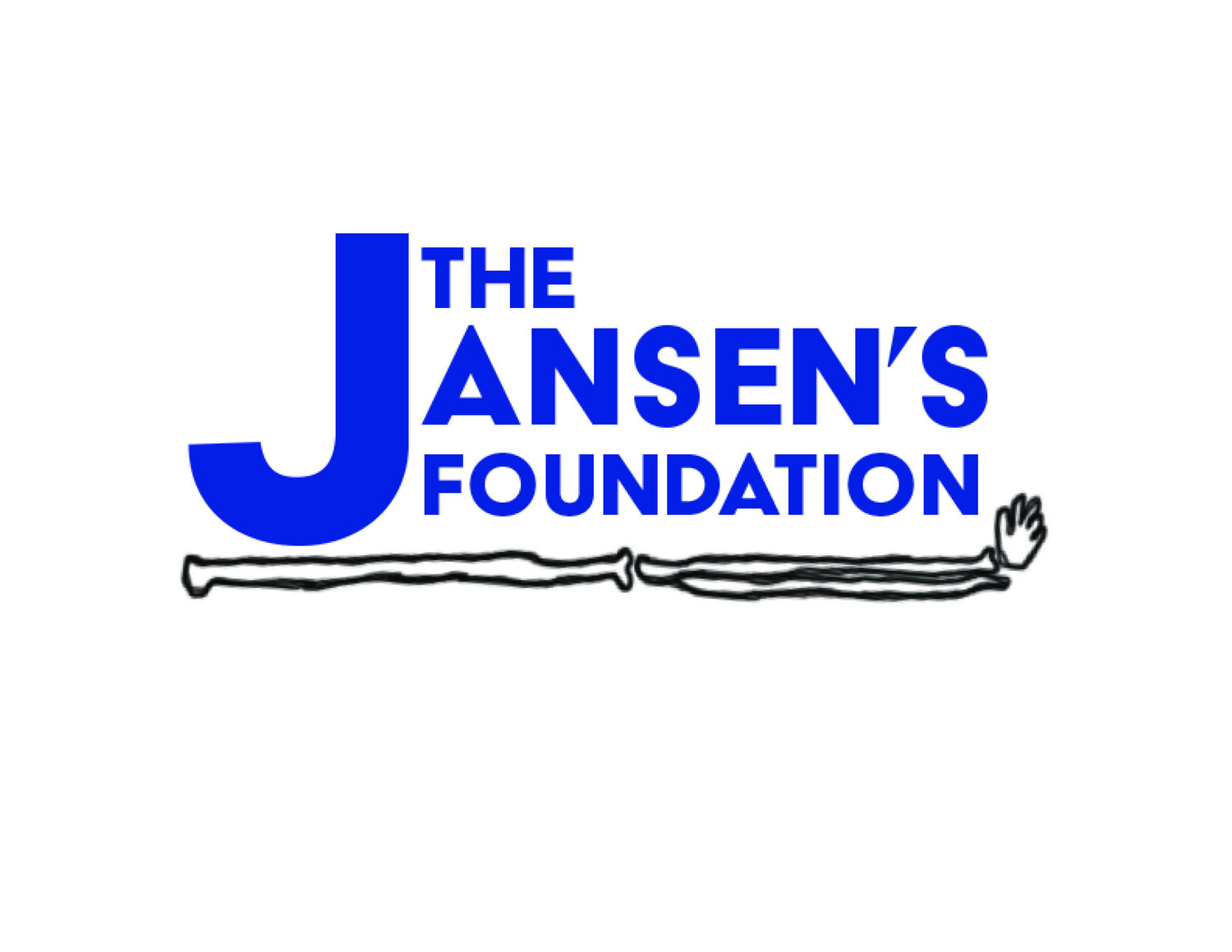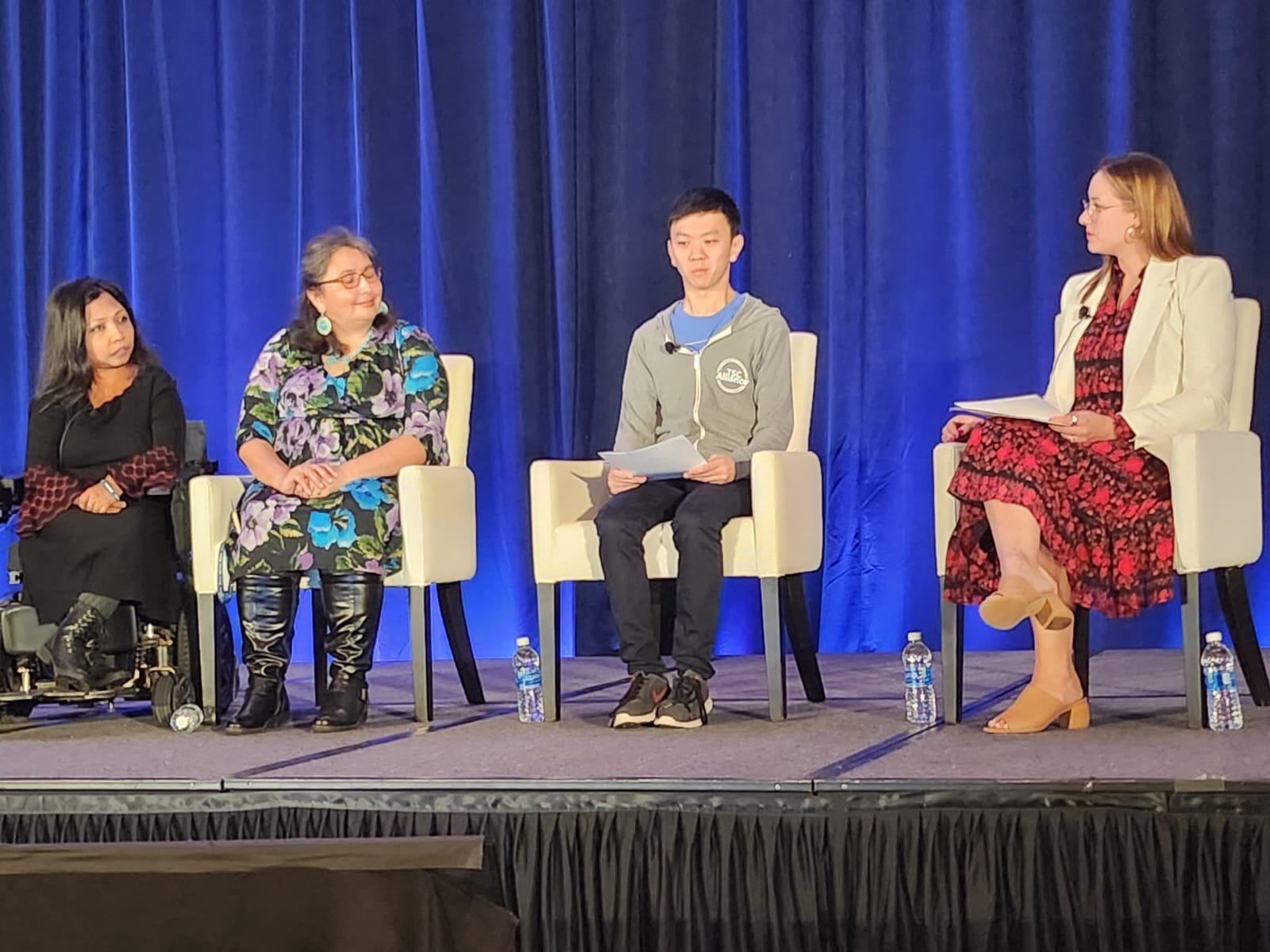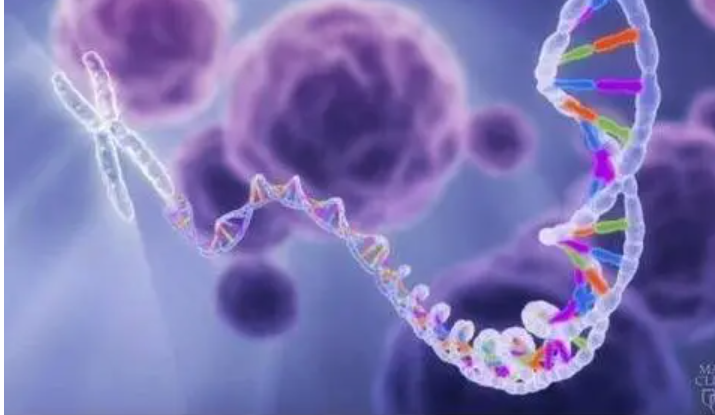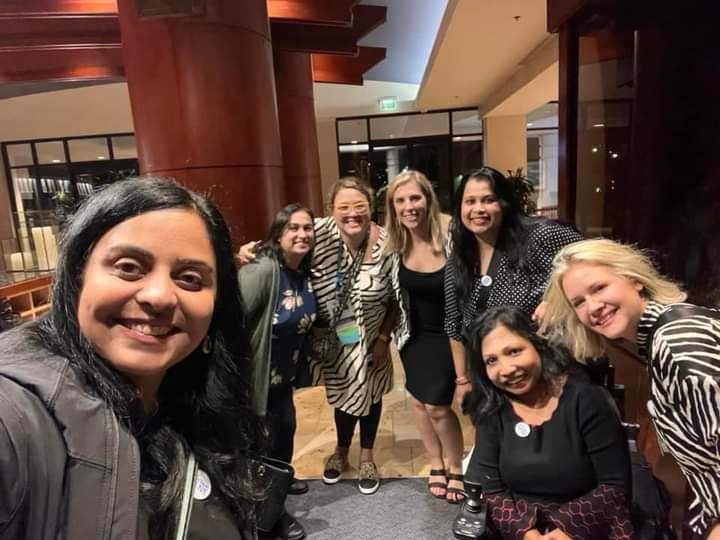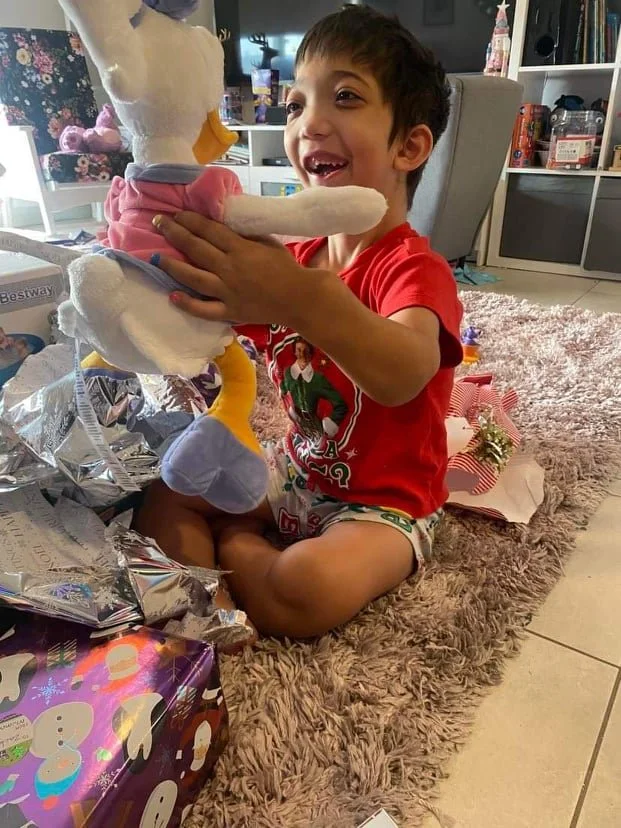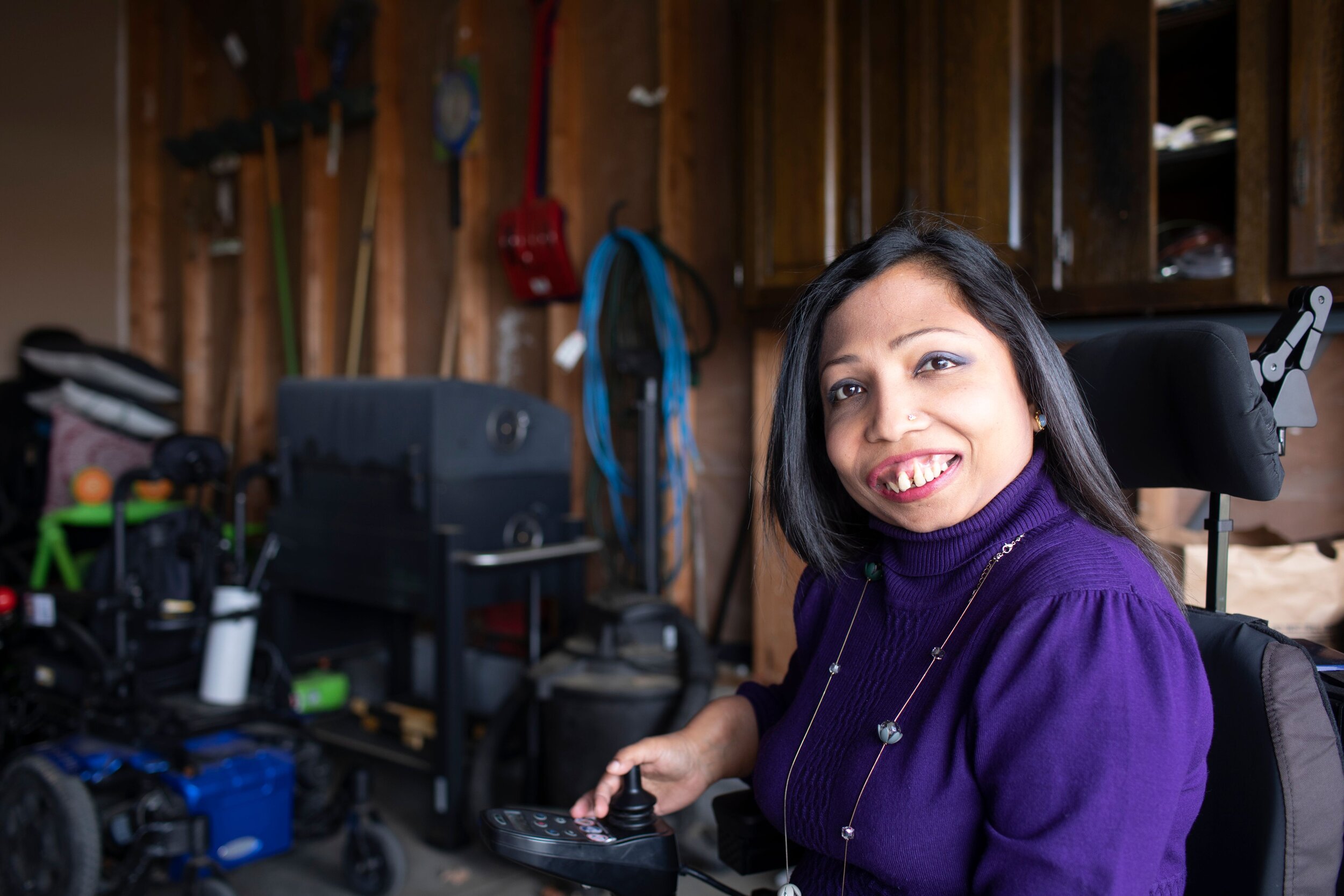The recent public meeting convened by the FDA’s Rare Disease Innovation Hub marked a significant milestone in addressing the unique challenges of rare disease drug development. The establishment of this Innovation Hub is a testament to the relentless advocacy from the patient community and organizations like Every Life Foundation. The meeting brought together a diverse group of stakeholders, including patients, advocates, industry representatives, and healthcare professionals, all united by a common goal: to improve the landscape for rare disease therapies. As the FDA reflects on these discussions, several key takeaways emerge that could shape future policies and initiatives.
Strengthening Collaborative Frameworks
A prominent theme from the meeting was the urgent need for enhanced collaboration among various stakeholders, including the FDA, NIH, academia, and patient advocacy organizations. Participants emphasized the importance of a streamlined process that facilitates partnerships, especially in funding and research initiatives. For instance, the potential for joint efforts between the FDA and NIH to support single patient INDs was highlighted. Robust collaborative frameworks will create an environment conducive to innovation, ultimately better addressing patient needs.
Simplifying the Regulatory Pathway
Participants expressed a strong desire for a more flexible and transparent regulatory framework tailored to the unique challenges of rare diseases. The FDA heard calls for clearer guidelines and reduced redundancy in data collection, particularly regarding natural history studies. Advocates also highlighted the ethical concerns surrounding the use of placebos in pediatric clinical trials, stressing the urgency of providing treatment to vulnerable populations. By simplifying the regulatory pathway and recognizing existing data, the FDA can alleviate burdens on patients and researchers, thus accelerating the development of therapies.
Prioritizing Genetic Testing and Precision Medicine
The importance of genetic testing was a recurring theme, with many stakeholders advocating for the use of whole genome and exome sequencing as foundational tools for diagnosis and treatment planning. Prioritizing genetic testing and integrating genetic information into the regulatory process will enhance the development of precision therapies tailored to the unique genetic profiles of rare disease patients.
Enhancing Patient Engagement
A significant emphasis was placed on the necessity of structured and meaningful patient engagement throughout the drug development process. Stakeholders called for the FDA to adopt a two-way engagement strategy that actively solicits patient feedback. As we all know, the patient perspective is crucial, and patients asked to be recognized as integral partners in the drug development process. This mandatory engagement extends to early discussions around endpoints and clinical trial design, ensuring that patient priorities and experiences inform research.
Improving Communication and Transparency
The FDA received valuable feedback regarding the importance of transparent communication. Participants expressed a desire for clearer communication channels and more frequent and collaborative interactions among patients, sponsors, and the FDA. Stakeholders highlighted the need for transparency around both successes and failures in clinical trials to prevent others from repeating the same mistakes. By enhancing transparency and accessibility, the FDA can build stronger relationships with industry stakeholders and ensure everyone is aligned on regulatory expectations.
Addressing Mental Health and Holistic Care
Discussions underscored the mental health challenges faced by patients with rare diseases, emphasizing the importance of a holistic approach to care. The FDA can take this insight to heart by promoting initiatives that consider both physical and emotional well-being. Integrating mental health resources into treatment plans and ensuring clinical trials address the psychosocial aspects of living with a rare disease are essential steps forward.
Educating FDA Staff on Rare Diseases
Several commenters stressed the importance of FDA staff being educated about the specific diseases they review. This understanding will lead to more informed decision-making and a better grasp of the unique challenges faced by patients and researchers in the rare disease space. Investing in training for FDA reviewers can enhance the quality of reviews and ensure that policies are rooted in a deep understanding of the conditions at hand.
As always, there was a palpable sense of urgency in the discussions, but this time it was accompanied by hope. As the agency moves forward, these insights will be vital in shaping policies and initiatives that can significantly improve and save the lives of those affected by rare diseases. The moment for change is here!
Patient Advocates shared public comments at the FDA Innovation Hub meeting
